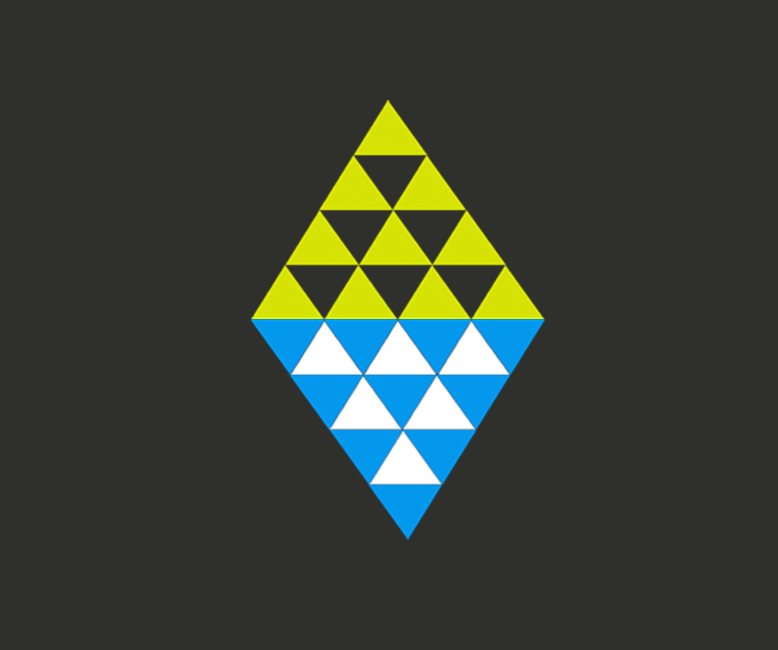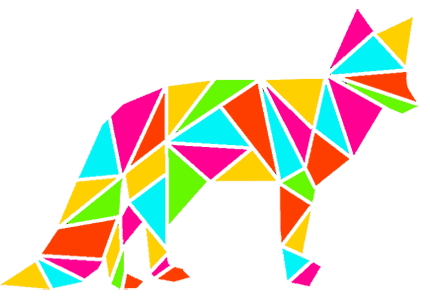Trademark
A trademark, trade mark, or trade-mark[1] is a recognizable sign, design, or expression which identifies products or services of a particular source from those of others,[2][3]although trademarks used to identify services are usually called service marks.[4][5] The trademark owner can be an individual, business organization, or any legal entity. A trademark may be located on a package, a label, a voucher, or on the product itself. For the sake of corporate identity, trademarks are often displayed on company buildings.
The essential function of a trademark is to exclusively identify the commercial source or origin of products or services, so a trademark, properly called, indicates source or serves as a badge of origin. In other words, trademarks serve to identify a particular business as the source of goods or services. The use of a trademark in this way is known as trademark use. Certain exclusive rights attach to a registered mark.
It should be noted that trademark rights generally arise out of the use of, or to maintain exclusive rights over, that sign in relation to certain products or services, assuming there are no other trademark objections.
Different goods and services have been classified by the International (Nice) Classification of Goods and Services into 45 Trademark Classes (1 to 34 cover goods, and 35 to 45 cover services). The idea behind this system is to specify and limit the extension of the intellectual property right by determining which goods or services are covered by the mark, and to unify classification systems around the world.
A trademark identifies the brand owner of a particular product or service. Trademarks can be licensed to others; for example, Bullyland obtained a license to produce Smurffigurines; the Lego Group purchased a license from Lucasfilm in order to be allowed to launch Lego Star Wars; TT Toys Toys is a manufacturer of licensed ride-on replica cars for children.[6] The unauthorized usage of trademarks by producing and trading counterfeit consumer goods is known as brand piracy.
The owner of a trademark may pursue legal action against trademark infringement. Most countries require formal registration of a trademark as a precondition for pursuing this type of action. The United States, Canada and other countries also recognize common law trademark rights, which means action can be taken to protect an unregistered trademark if it is in use. Still, common law trademarks offer the holder in general less legal protection than registered trademarks.
A trademark may be designated by the following symbols:
- ™ (the “trademark symbol“, which is the letters “TM” in superscript, for an unregistered trademark, a mark used to promote or brand goods)
- ℠ (which is the letters “SM” in superscript, for an unregistered service mark, a mark used to promote or brand services)
- ® (the letter “R” surrounded by a circle, for a registered trademark)
A trademark is typically a name, word, phrase, logo, symbol, design, image, or a combination of these elements.[7] There is also a range of non-conventional trademarks comprising marks which do not fall into these standard categories, such as those based on colour, smell, or sound (like jingles). Trademarks which are considered offensive are often rejected according to a nation’s trademark law.[8]
The term trademark is also used informally to refer to any distinguishing attribute by which an individual is readily identified, such as the well-known characteristics of celebrities. When a trademark is used in relation to services rather than products, it may sometimes be called a service mark, particularly in the United States.[7]
- Sentiment Analysis: The Human Side of AI - May 8, 2024
- Silver Doors: Innovation Markers that Create Generational Wealth and Opportunity - January 5, 2024
- T²xT²: ChumAlum² - November 23, 2023





















